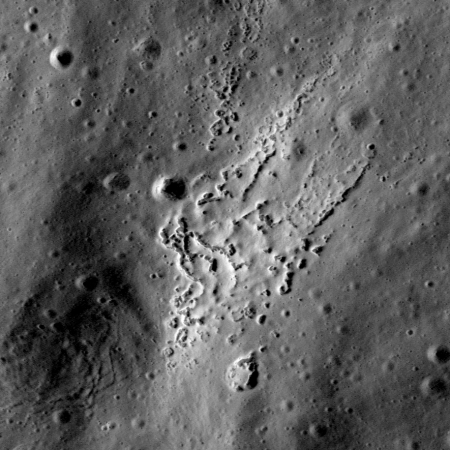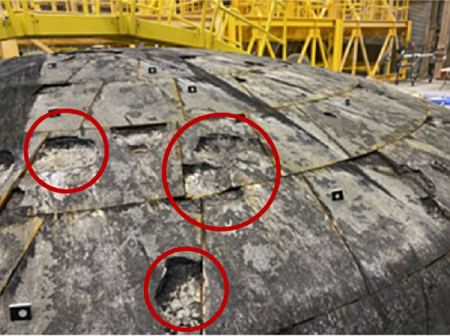Have Americans finally awakened? Early voting suggests yes

Have ordinary Americans finally awakened to the
anti-American plans of the Democratic Party?
For the past few weeks early voting data from a variety of states has begun to suggest a major shift in what have been the traditional voting patterns for decades. In the past, Democrats routinely dominating early mail-in voting, while Republicans instead went to the polls on election day.
This election season is seeing an almost Earth-shattering change.
- Nevada: For the first time ever in a presidential election, Republicans lead in the early voting
- North Carolina: Republicans now lead for the first time ever in early voting turnout, showing a significant increase from 2020 and 2022
- Virginia: Republicans are ahead in casting early ballots
Nor are these three states outliers. A look at a nationwide map of early voting shows that Republicans also lead in Georgia and Arizona. Though the overall numbers nationwide show a Democrat-Republican split of 46% to 36%, the number of early votes from Republicans this election is far higher than in the past.
Though caution must be exercised, and we must recognize that these numbers do not guarantee a win for Donald Trump, what the data suggests however is an amazing newfound voting enthusiasm among Republicans. » Read more














